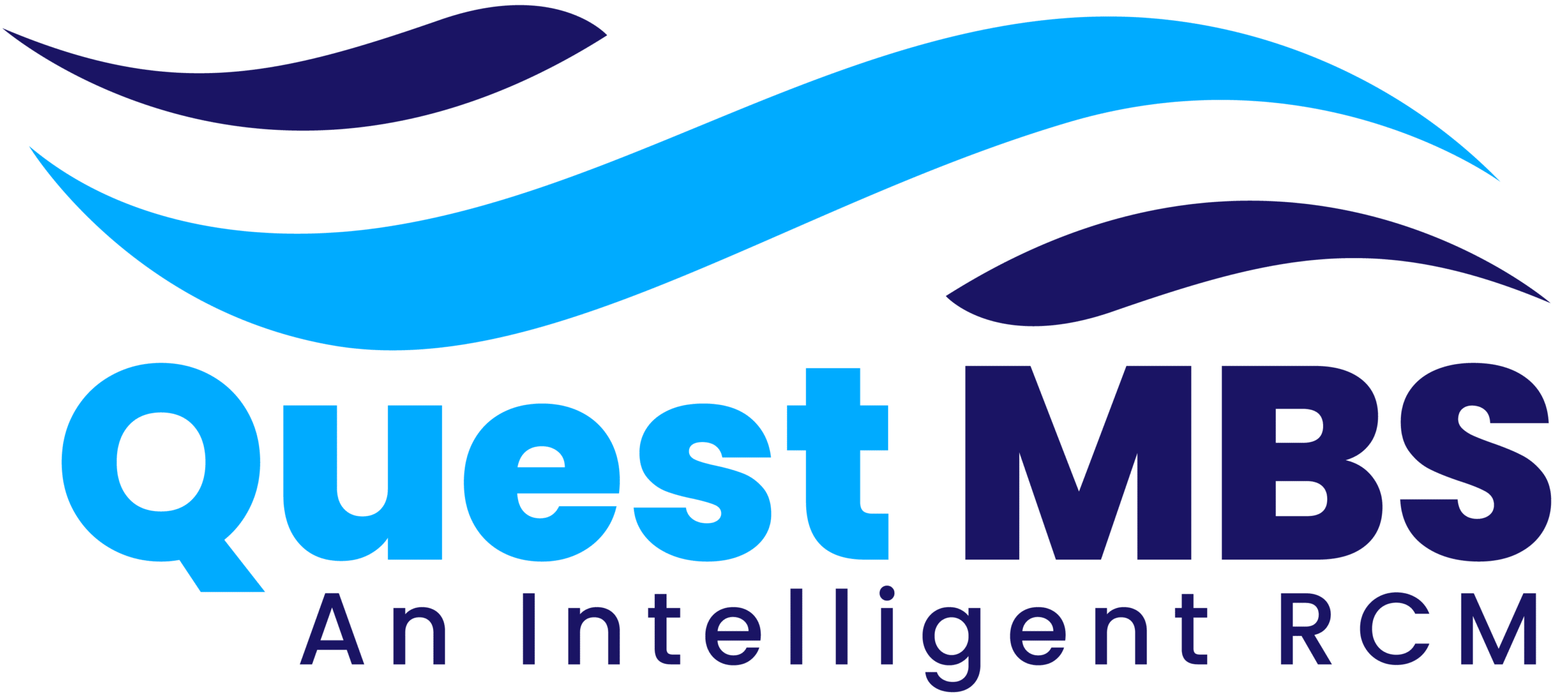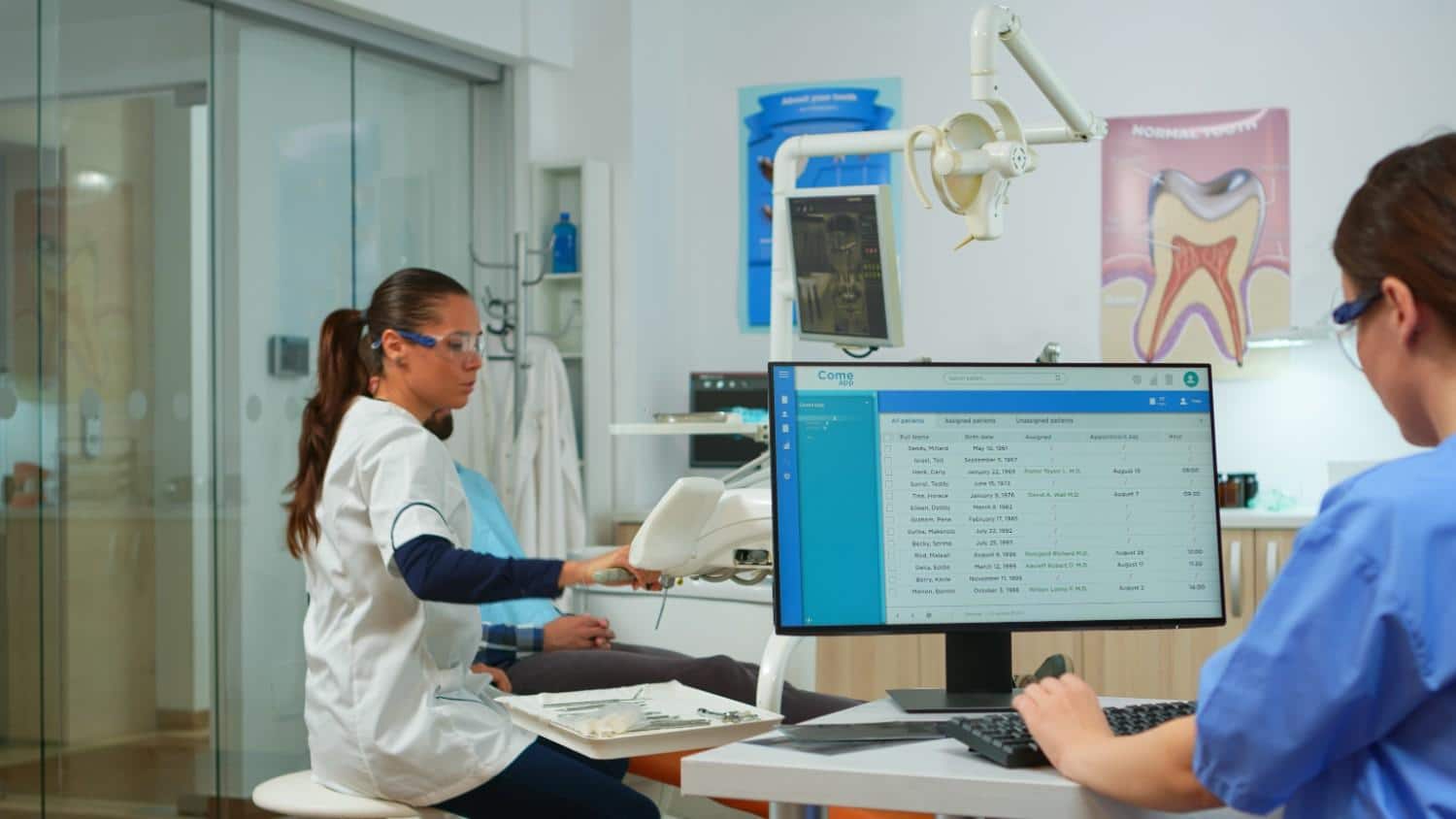Introduction
Billing in the healthcare industry is a complex process that ensures providers get paid for the services they offer. However, dental billing and medical billing operate under different guidelines, insurance policies, and coding systems. Many healthcare professionals and billing specialists assume they are similar, but they have distinct differences that affect how claims are processed, reimbursed, and managed.
Understanding these key differences is crucial for dentists, medical professionals, and billing specialists who want to maximize reimbursement and minimize claim denials. In this article, we’ll explore the fundamental differences between dental and medical billing, including insurance coverage, coding systems, claim submission processes, and reimbursement policies.
1. Overview of Dental Billing and Medical Billing
What is Dental Billing?
Dental billing involves submitting claims to dental insurance companies for procedures related to oral health, including preventive care, restorative treatments, and oral surgeries.
✔ Uses Current Dental Terminology (CDT) codes
✔ Billed to dental insurance providers
✔ Covers cleanings, fillings, crowns, root canals, orthodontics, and implants
What is Medical Billing?
Medical billing is the process of submitting claims to medical insurance providers for procedures related to a patient’s overall health and well-being.
✔ Uses CPT, ICD-10, and HCPCS codes
✔ Billed to medical insurance companies (e.g., Medicare, Medicaid, private insurers)
✔ Covers general healthcare, surgeries, hospital visits, diagnostic tests, and specialist care
While both involve claim submissions and reimbursements, the types of services, coding systems, and insurance policies differ significantly.
2. Key Differences Between Dental and Medical Billing
1. Insurance Coverage and Policies
One of the biggest differences between dental billing and medical billing is how insurance companies cover treatments.
Dental Billing Insurance
✔ Covers preventive, basic, and major dental procedures
✔ Typically has annual maximum coverage limits (e.g., $1,000–$2,000 per year)
✔ Requires pre-authorization for complex treatments
✔ Often does not cover medically necessary procedures
Medical Billing Insurance
✔ Covers illness, injuries, and medically necessary procedures
✔ No annual maximum limit (subject to deductible and co-pays)
✔ Covers emergency procedures and chronic disease management
✔ Medicare and Medicaid cover many medical treatments
2. Coding Systems Used
Dental Billing Codes (CDT)
Dental claims use CDT (Current Dental Terminology) codes, which are specific to dental procedures. These codes are updated annually by the American Dental Association (ADA).
Example CDT Codes:
- D1110 – Adult dental prophylaxis (cleaning)
- D2740 – Crown, porcelain/ceramic
- D7210 – Surgical tooth extraction
Medical Billing Codes (CPT, ICD-10, HCPCS)
Medical billing relies on three primary coding systems:
✔ CPT (Current Procedural Terminology) – Describes procedures
✔ ICD-10 (International Classification of Diseases) – Identifies diagnoses
✔ HCPCS (Healthcare Common Procedure Coding System) – Supplies and services not covered by CPT
Example Medical Codes:
- 99213 – Office visit (CPT)
- K08.4 – Complete loss of teeth due to periodontal disease (ICD-10)
- DMEPOS codes – Durable medical equipment (HCPCS)
3. Claim Submission Process
Dental Claims Submission
✔ Submitted through dental billing clearinghouses (e.g., NEA, DentalXChange)
✔ Processed using paper forms (ADA Form) or electronic claims (837D format)
✔ Payment is typically faster but has lower reimbursement limits
Medical Claims Submission
✔ Submitted to medical billing clearinghouses (e.g., Availity, Office Ally)
✔ Processed using CMS-1500 form for outpatient claims
✔ Claims go through multiple review stages before approval
4. Reimbursement Policies
Dental Insurance Reimbursement
✔ Pays based on UCR (Usual, Customary, and Reasonable) fees
✔ Often only covers a percentage of the treatment cost (e.g., 80% for basic services, 50% for major procedures)
✔ Many treatments require pre-authorization
Medical Insurance Reimbursement
✔ Pays based on contracted rates and fee schedules
✔ Higher reimbursement rates for medically necessary procedures
✔ Covers hospital visits, surgeries, and disease management
5. When Can Dental Procedures Be Billed as Medical Claims?
Certain dental procedures can be billed under medical insurance if they are medically necessary.
✔ Oral Surgery – Extractions due to tumors, cysts, or jaw fractures
✔ Sleep Apnea Devices – Oral appliances for sleep disorders
✔ Trauma or Injury – Dental care related to accidents or facial injuries
✔ Cancer Treatment – Dental procedures required before radiation or chemotherapy
3. Challenges in Dental and Medical Billing
Challenges in Dental Billing
- Low reimbursement rates and annual coverage limits
- Frequent denials due to coding errors or missing documentation
- Coordination between primary and secondary insurance
Challenges in Medical Billing
- Complex claim submission and prior authorization requirements
- Frequent denials due to incorrect coding
- Strict compliance regulations (HIPAA, Medicare guidelines)
4. How to Improve Billing Efficiency
✔ Use Specialized Software (Dentrix, Open Dental, Kareo, AdvancedMD)
✔ Train Staff on CDT, CPT, and ICD-10 Coding
✔ Verify Insurance Before Treatment
✔ Submit Clean Claims with Accurate Documentation
✔ Outsource Billing Services to Reduce Denials
Conclusion
Although dental billing and medical billing share some similarities. However, they differ significantly in insurance policies, coding systems, claim submission processes, and reimbursement structures.
✔ Dental billing focuses on oral health treatments, using CDT codes and dental insurance with annual limits.
✔ Medical billing covers general healthcare services, using CPT, ICD-10, and HCPCS codes with broader insurance coverage.
Understanding these key differences helps billing specialists, healthcare providers, and dentists optimize claims processing, reduce denials, and ensure maximum reimbursement.
By staying updated on billing regulations, software advancements, and industry best practices. The professionals can enhance efficiency and profitability in both dental and medical practices.







